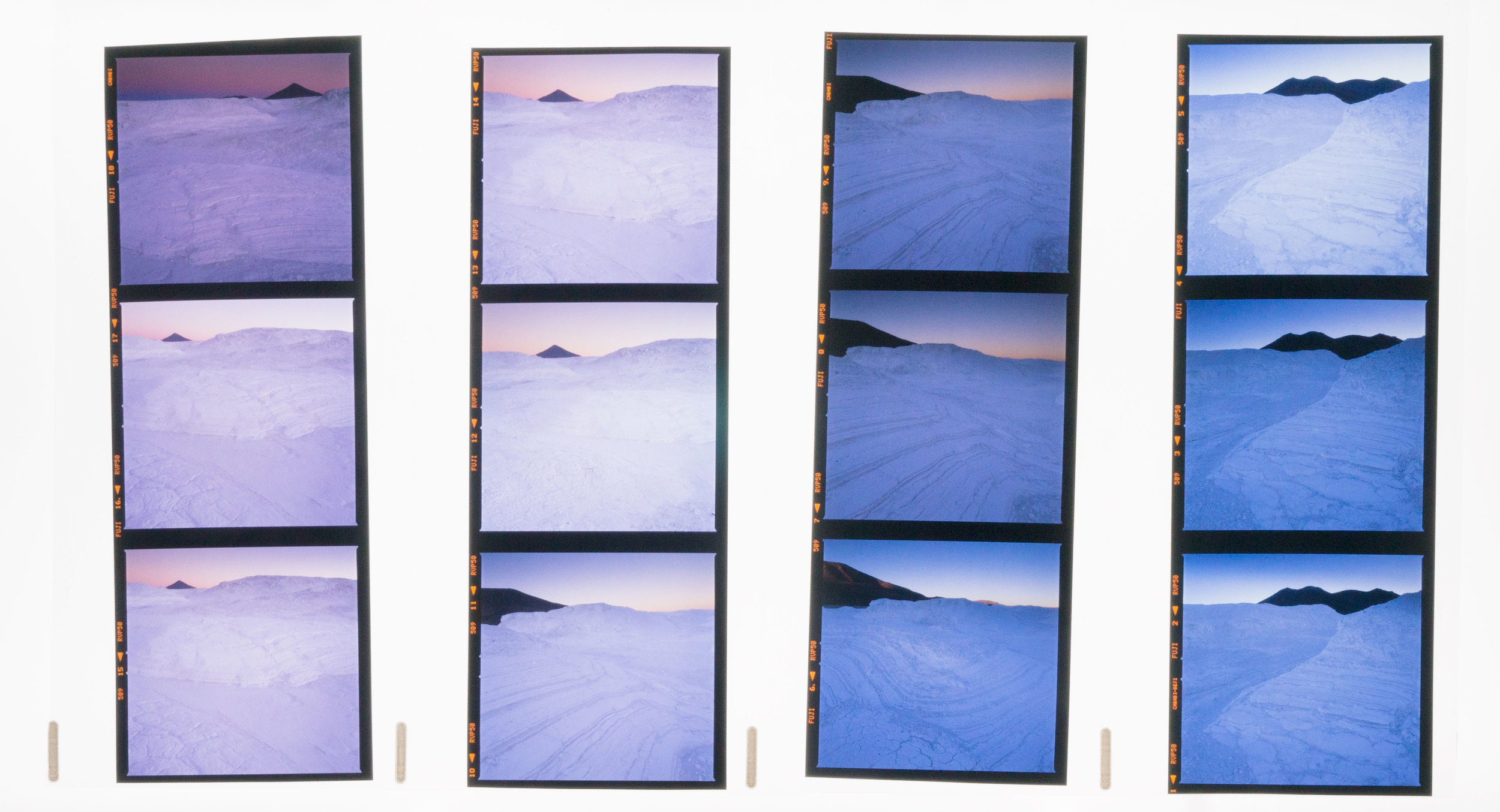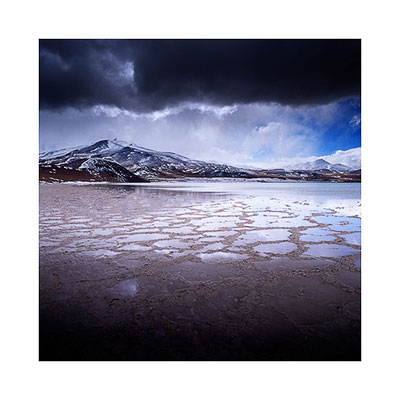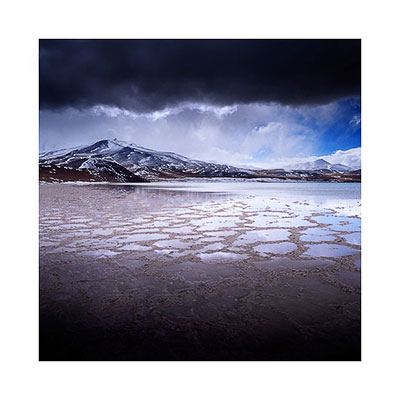A feeling of nostalgia is hitting me tonight.
As I sit here, after spending the whole week preparing copies of my Altiplano book to be shipped out, I can’t help reflect upon the journeys I’ve made over the past decade or so.
I’ve said many times, that the time we spend outside making images, is a way of us marking our time. Photography gives us a great chance to stop and think about where we are ‘right now’, and then as time goes on, we can look back at images we created and they bring us right back to that moment.
Who we were, what was going on in our lives. Photography gives us a chance to not only relive the past, but also to draw contrasts with where we are now, who we are now, and how we’ve changed.
I can’t think of a better way of marking my time. Photography has given me a way of remembering the past, and of noting just how much I’ve done with my life.
And for that: I can’t help but feel rather nostalgic tonight.
I’m not entirely at ease with the emotion. I think nostalgia is sort of interlaced with a sense of loss. I think that’s ok though. Isn’t it? We must all accept that what water has passed under the bridge won’t return. What we experienced, what we felt and saw, happens only once.
For me, I think the feeling of nostalgia tells me one thing: to cherish every. single. moment. Who we are, are our memories. We are the culmination of everything that went before us. To revel in what we did, where we were, who we were, what we were doing, is such a precious gift.
Great times are often happening right now, except we lack the foresight to know it. You may be forming some of your most precious memories this year, except you won’t know it until much later on in life.
Well, I digress….. but it does have a point. I can’t help thinking about the amateur photographer I was, with a few friends around me who said ‘you should go pro’ (Don’t all friends tell you that?). Except I was daft (stupid) enough to believe. it. It hasn’t been easy, but it’s also been the best thing I ever did.
My Altplano book wouldn’t have happened without the past. I needed to go create some memories, and I needed to go and live. I went to the Altiplano of Argentina, Bolivia and Chile several times, so much so that I can mark my life by it. I know where I was in 2009, 2012, 2013, 2015 and 2016.
My Altiplano book couldn’t have happened without the culmination of experiences. As I said a few days ago, you don’t create work by watching YouTube tutorials, or by reading loads of blogs. You create work by finding out who you are. And to do that, you need to go explore.
That’s exactly what I did. I went exploring.
My Altiplano book couldn’t have happened any other way. And looking back, I realise it’s given me more than just a nice book, and some nice images: It gave me some special memories and markers for my life.
Nostalgia. Well, sometimes it serves us well :-)
















